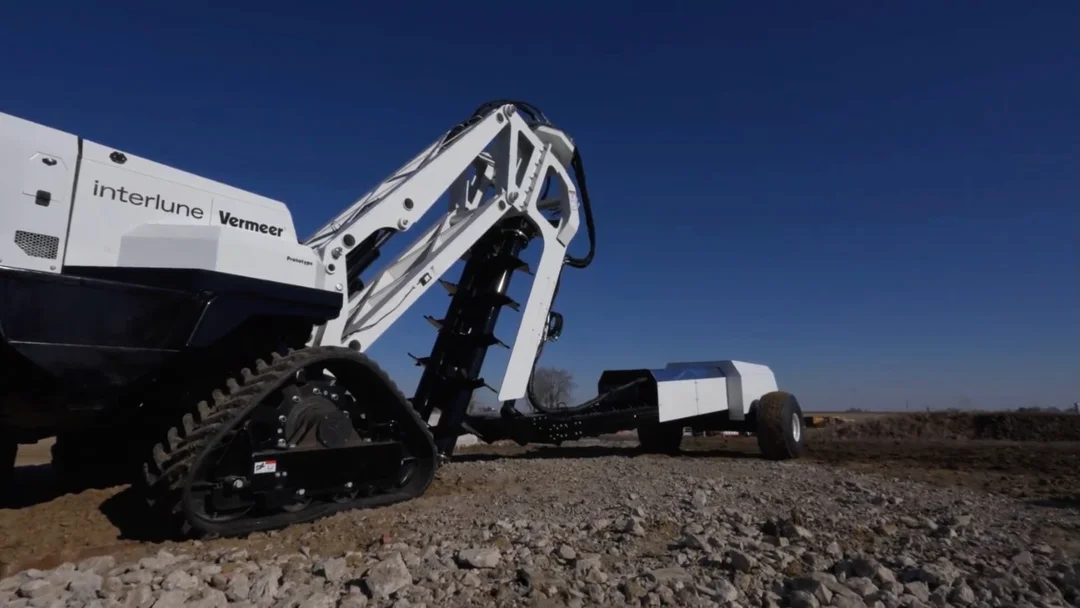
Mining the Moon for Helium-3: Interlune’s Ambitious Plan Takes Shape
The race to harness resources beyond Earth is heating up, and Interlune, a Seattle-based startup, is leading the charge with its ambitious plan to mine the moon for helium-3. This rare isotope, scarce on Earth but abundant on the lunar surface, holds the potential to revolutionize clean energy and quantum computing. But what exactly makes this venture so significant, and what are the key challenges standing in Interlune's way?
Interlune recently unveiled a full-scale prototype of its lunar excavator, developed in partnership with Vermeer Corp., an Iowa-based manufacturer famed for being named the 2024's "Coolest Thing Made in Iowa". This machine is designed to churn up an impressive 110 tons (100 metric tons) of lunar regolith per hour, extracting helium-3 embedded within the soil due to billions of years of solar wind bombardment.

“When you're operating equipment on the moon, reliability and performance standards are at a new level,” explains Rob Meyerson, co-founder and CEO of Interlune in an official statement. The collaboration with Vermeer highlights the innovative engineering required for this demanding task. The machine will not only excavate but also sort, extract, and separate helium-3 directly on the moon to increase efficiency.
Why helium-3? Helium-3 is a potential fuel source for future fusion reactors, offering a cleaner and safer alternative to conventional nuclear reactions. It's also essential for creating the ultra-low temperature environments needed for superconducting quantum computers. Gary Lai, Interlune's co-founder and chief technology officer, emphasizes that “The high-rate excavation needed to harvest helium-3 from the Moon in large quantities has never been attempted before, let alone with high efficiency.”
However, harvesting helium-3 and transporting it back to Earth faces economic and technical hurdles. As professor Ian Crawford, professor of planetary science and astrobiology at Birkbeck, University of London stated in 2021, the “enormous amounts of investment and infrastructure necessary for the mining, extraction and transportation of lunar helium-3” could make it cost-prohibitive in the short term. Nevertheless, Interlune has already secured a contract with the U.S. Department of Energy to provide moon-mined helium-3 by 2029.
Interlune plans to establish a center at a Texas A&M University facility at Johnson Space Center in Houston by September 2026 to further develop and test moon-mining techniques. The company envisions a multi-phased approach: first, mapping helium-3-rich areas using hyperspectral cameras (Crescent Moon phase); second, deploying landers for on-site measurements and early extraction technology testing (Prospect Moon phase); and finally, completing the extraction process and delivering helium-3 to Earth (Harvest Moon phase).
The company aims to provide moon-mined helium-3 by 2029 and is planning several trips to the Earth's satellite within the decade. Vermeer CEO Jason Andringa will join the Interlune advisory board.
Interlune's bold vision promises to redefine our approach to energy and technology. Will they succeed in overcoming these challenges, and what impact will lunar resource utilization have on the global community? What are your thoughts on moon mining and its potential benefits and risks? Share your opinions and predictions below!